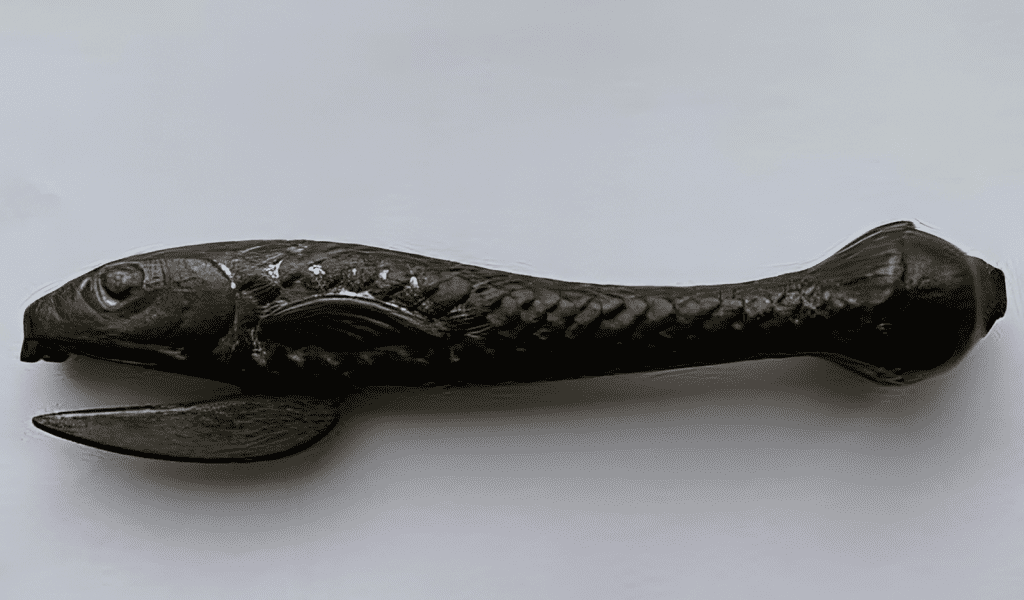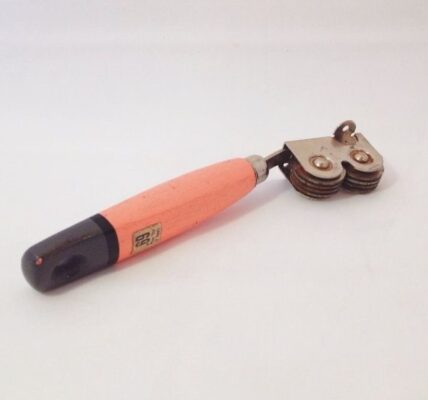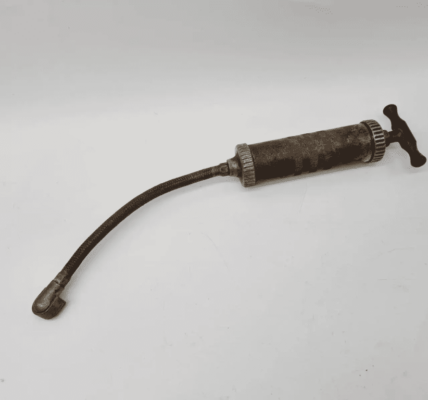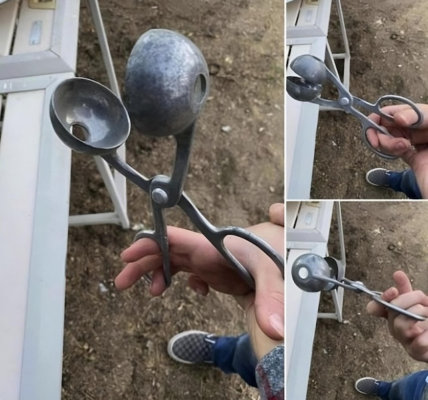The can opener is a humble tool, but its development over the years reveals a fascinating history. From the days of hammer and chisel to today’s sleek electric models, the evolution of the can opener mirrors changes in food storage, military needs, and industrialization. Let’s dive into the incredible journey of the can opener and how it became an essential tool in every kitchen.
The Origins of Canned Food: A Sealed Problem Without a Solution

In 1810, Peter Durand, an English businessman, revolutionized food storage by patenting a method for producing tinned metal containers. These containers were perfect for preserving food for long periods, especially for sailors and soldiers. However, there was one glaring issue: how to open them. The cans were sealed tightly, and the early instructions on how to open them were crude at best.
Imagine being on a ship in the Arctic like William E. Parry in 1824, trying to cut open a tin with a hammer and chisel. That’s exactly what the early explorers had to do. It wasn’t until the mid-19th century that inventors began creating tools specifically designed to open these sealed metal boxes.
The First Can Opener: A Tool for Efficiency
In 1855, Robert Yates, a cutlery and surgical instrument manufacturer, developed the first patent for a can opener in England. Yates’ can opener was a significant improvement from using a hammer and chisel. His design featured a straight handle, a short curved blade, and a lever bar, making it easier to puncture and slice through the tin lid. This simple yet effective tool was durable and is still produced in some forms today.
The American Contribution: Ezra Warner’s Design
Meanwhile, across the Atlantic, American inventor Ezra J. Warner made his mark on the can opener’s evolution. On January 5, 1858, Warner patented a can opener designed for the U.S. military during the Civil War. With a long bayonet-style blade and a sliding shoe, this model was highly effective for soldiers but too dangerous for home use. As a result, it was mostly abandoned after the war ended.
From “Bull Head” to “Key Opener”: The Can Opener Evolves
As the demand for canned goods grew, new designs for can openers began to emerge. In 1865, the “bull head” can opener became popular in England. Its cast iron structure was adorned with the artistic likeness of a bull’s head, making it a decorative and functional piece.
Another breakthrough came in 1866 when J. Osterhoudt patented the “key” can opener. This design allowed users to open cans by turning a key attached to a thin metal strip around the top of the can. This method, used mainly for canned fish, is still around today and inspired modern tear-off can lids.
Circular Can Openers: The Next Leap Forward
In 1870, William W. Lyman patented a circular can opener that was revolutionary for its time. Lyman’s design introduced the concept of rotating a blade around the can lid. This model required users to pierce the can’s center and adjust the rotating blade before cutting around the lid. Though it was a step forward, it wasn’t the most convenient option for households.
By the late 19th century, several circular cutting designs emerged, including the “scissor” can opener and the “Safety First” model. Each of these innovations sought to make opening cans easier and safer, reflecting the growing reliance on canned food in households and commercial kitchens.
The P-38 and Electric Can Openers: From Military to Modern Kitchens
During World War II, the U.S. military developed the P-38 can opener, a small but efficient tool used by soldiers to open individual ration cans. This simple folding device became legendary for its practicality, as it could also serve as a screwdriver or be attached to a keychain. The P-38, and its larger version, the P-51, were used by the military for decades and still hold a special place in survival kits today.
In the civilian world, can opener innovation continued, leading to the development of the first electric can opener in 1931 by Preston C. West. Although West’s model wasn’t widely adopted at the time, electric can openers made a strong comeback in the 1950s. These devices, capable of opening multiple cans quickly, became popular in large kitchens and institutions.
The Modern Can Opener: Convenience at Its Peak
The can openers we use today—whether manual or electric—are the result of centuries of innovation. Most manual can openers today use the horizontal rotating cut method, which involves clamping the opener to the can’s edge and turning a handle to rotate the blade around the lid. This method is both safe and efficient, making it a favorite for households worldwide.
In addition to manual models, electric can openers are now equipped with safety features, cutting wheels, and even built-in bottle openers. These devices offer convenience and ease, especially for people with limited hand strength.
Conclusion: The Unsung Hero of the Kitchen
The can opener, while often overlooked, has undergone significant evolution from its crude beginnings. From the days of hammer and chisel to today’s high-tech electric models, it has transformed from a military tool to a kitchen essential. With each iteration, inventors sought to make this everyday item more convenient, safer, and easier to use.
Next time you open a can with a quick twist or press of a button, take a moment to appreciate the centuries of innovation that led to that simple motion. The history of the can opener is a reminder that even the most basic tools can have a fascinating backstory.




